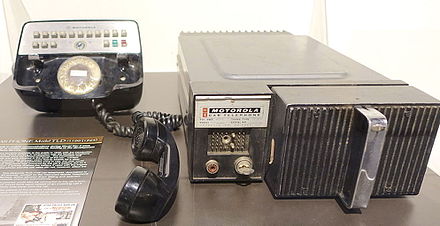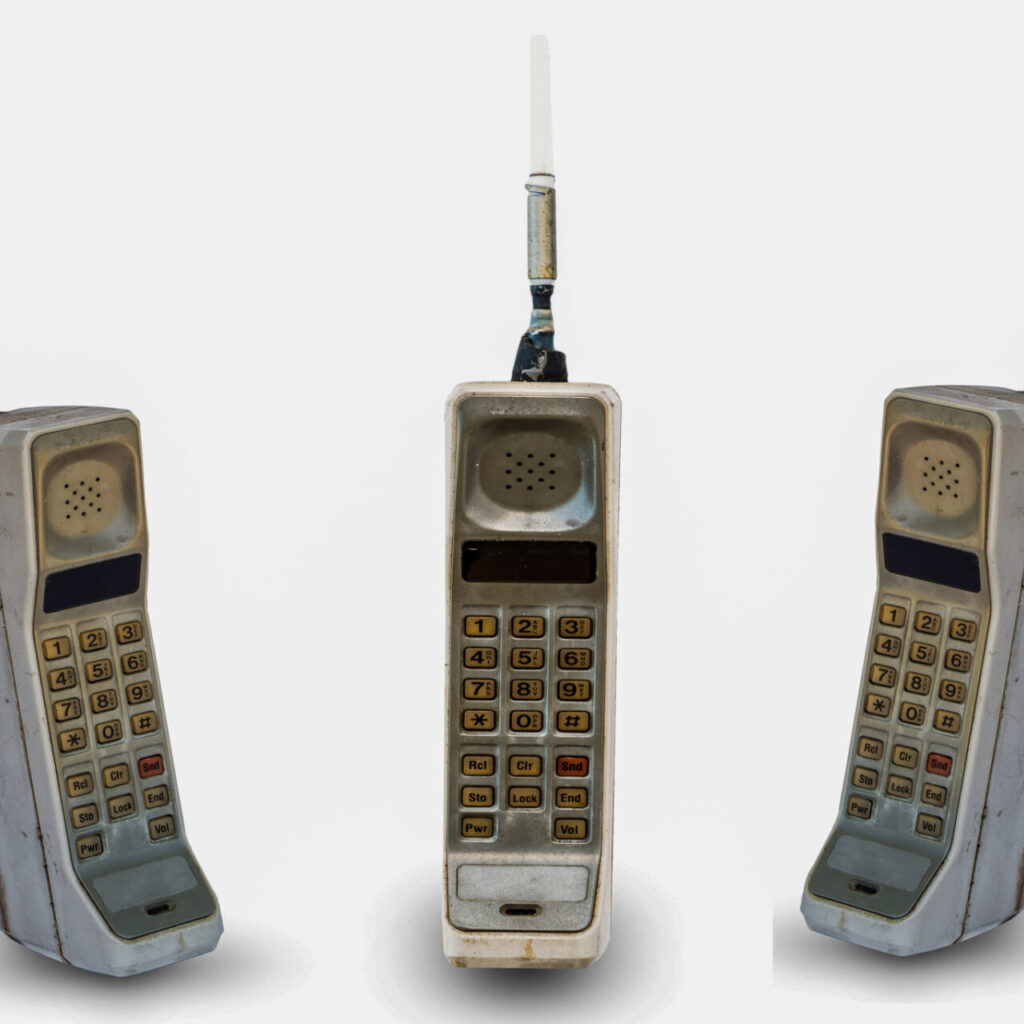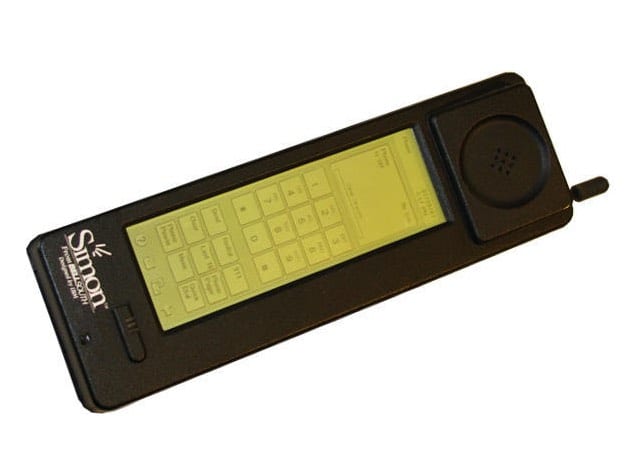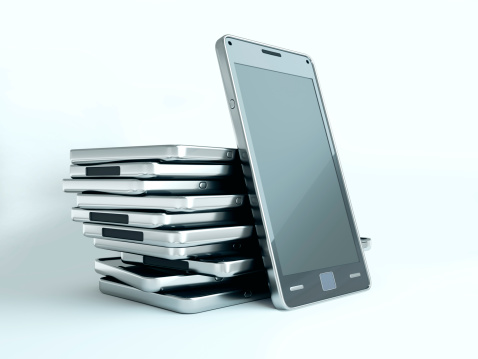Cell phones, also known as mobile phones, have become an essential part of our daily lives. But how did these devices evolve from bulky, basic gadgets to the sleek, multifunctional smartphones we can’t imagine living without today? This article delves deep into the history of cell phones, charting their remarkable evolution from the early days to the modern era.
Introduction: The Birth of a Communication Revolution
Picture a world where communication was confined to landlines, telegrams, or face-to-face conversations. In such a world, the idea of a portable device allowing you to speak to someone across the globe would have seemed like pure science fiction. Yet, that’s precisely the world we lived in before the invention of cell phones. The story of cell phones is a tale of innovation, perseverance, and the relentless pursuit of connecting people in the most convenient way possible.
The Early Beginnings: The Concept of Mobile Communication
The Birth of the Telephone
To understand the history of cell phones, we must first look back to the invention of the telephone. In 1876, Alexander Graham Bell made the first successful telephone call, famously saying, “Mr. Watson, come here, I want to see you.” This invention laid the foundation for all future telecommunication devices.
The Idea of Wireless Communication
It wasn’t long after the telephone’s invention that the idea of wireless communication began to take shape. Inventors and scientists started exploring the possibility of transmitting voice without the need for physical wires. Early experiments in radio transmission by pioneers like Guglielmo Marconi in the late 19th century hinted at the future of mobile communication.

The First Mobile Radio Phones
Before the advent of cell phones, mobile radio phones were the first devices to enable wireless communication. These early devices were bulky and required a direct line of sight to function. Military and maritime operations primarily used them.
The Advent of the First Cell Phone: A Giant Leap Forward
The Birth of the Cellular Network Concept
Engineers introduced the concept of cellular networks in the 1940s, laying the groundwork for modern mobile communication. Engineers at Bell Labs proposed a network of hexagonal cells, each with its own base station, that could communicate with mobile devices. This was a revolutionary idea that set the stage for the development of cell phones.

The First Mobile Call: Martin Cooper’s Iconic Moment
The history of cell phones took a monumental turn on April 3, 1973, when Motorola engineer Martin Cooper made the first-ever mobile phone call. Using a prototype of the Motorola DynaTAC, Cooper called his rival at Bell Labs, signaling the dawn of the mobile phone era. This call marked the beginning of a new era in communication, one where phones were no longer tethered to a fixed location.
The Motorola DynaTAC 8000X: The First Commercial Cell Phone
After a decade of development, the first commercially available cell phone, the Motorola DynaTAC 8000X, was launched in 1983. This phone was a far cry from today’s sleek devices. It was large, heavy, and had a talk time of just 30 minutes. Yet, it was a groundbreaking achievement that paved the way for the future.
The 1980s and 1990s: The Rise of the Mobile Phone Industry
The Evolution of Mobile Technology
The 1980s and 1990s were periods of rapid development in mobile technology. The first generation (1G) of mobile networks was analog, offering basic voice communication. However, the launch of the second generation (2G) in the early 1990s brought digital communication, which improved call quality, reduced device size, and introduced SMS (Short Message Service).

Nokia: A Pioneer in Mobile Phones
During the 1990s, Nokia emerged as a major player in the mobile phone market. Their phones were known for their durability and user-friendly interfaces. The Nokia 3210 and 3310 models, launched in the late 1990s, became iconic and are still remembered fondly by many.
The Emergence of Text Messaging
The introduction of SMS in the 1990s revolutionized communication. What started as a simple way to send brief messages quickly became a phenomenon. By the end of the decade, texting had become one of the most popular forms of communication, particularly among younger users.
The 2000s: The Age of the Smartphone

The Birth of the Smartphone: A New Era
The turn of the millennium brought with it the birth of the smartphone. These devices combined the functionality of a mobile phone with the capabilities of a personal digital assistant (PDA). Early smartphones like the BlackBerry and Palm Treo allowed users to send emails, browse the internet, and manage their calendars on the go.
The Impact of Apple’s iPhone
In 2007, Apple revolutionized the mobile phone industry with the launch of the iPhone. This device, with its touch screen interface and app-based ecosystem, redefined what a smartphone could be. The iPhone’s success set the standard for future smartphones and led to a wave of innovation in the industry.
The Rise of Android: A New Contender
Not long after the iPhone’s launch, Google introduced Android, an open-source operating system for smartphones. Android quickly gained popularity due to its flexibility and the wide range of devices it powered. Today, Android is the dominant operating system in the mobile phone market.
The 2010s: The Smartphone Takes Over

The Explosion of Mobile Apps
The 2010s saw an explosion in the development and use of mobile apps. From social media to gaming, apps became an essential part of the smartphone experience. The rise of app stores like Apple’s App Store and Google Play enabled users to customize their phones with thousands of applications, enhancing productivity and entertainment.
The Evolution of Mobile Cameras
One of the most significant developments in smartphones during the 2010s was the improvement in mobile camera technology. What started as a basic feature became one of the most critical aspects of a smartphone. High-resolution cameras, multiple lenses, and advanced software allowed users to capture professional-quality photos and videos right from their phones.
The Integration of AI and Voice Assistants
As smartphones became more powerful, they began to integrate artificial intelligence (AI) and voice assistants like Apple’s Siri, Google Assistant, and Amazon’s Alexa. These features added a new level of convenience, allowing users to perform tasks, get information, and control smart home devices using just their voice.
The 2020s and Beyond: The Future of Cell Phones

The 5G Revolution
The 2020s have brought the advent of 5G technology, which promises to revolutionize mobile communication once again. With faster speeds, lower latency, and the ability to connect a vast number of devices simultaneously, 5G is set to enable new technologies like autonomous vehicles, smart cities, and enhanced virtual and augmented reality experiences.

The Rise of Foldable Phones
Foldable phones, which combine the portability of a smartphone with the screen size of a tablet, have started to gain popularity in the 2020s. Companies like Samsung and Huawei are leading the charge, offering devices that can fold in half, providing users with a larger screen when needed while still fitting in their pockets.
The Future of Mobile Communication
Looking ahead, the future of cell phones is full of possibilities. As technology continues to advance, we can expect to see further innovations in mobile communication. Whether it’s through more advanced AI, augmented reality, or even brain-computer interfaces, the cell phone’s journey is far from over.
Conclusion: A Device That Changed the World
From their humble beginnings as bulky, expensive gadgets to the sleek, powerful devices we carry today, cell phones have undergone an extraordinary transformation. They have changed how we communicate, access information, and live our daily lives. As we look to the future, it’s exciting to imagine what the next chapter in the history of cell phones will bring.
Read More Posts
iPhone vs. Android: The Ultimate Smartphone Showdown
XOS vs. HiOS: The Ultimate Showdown
FAQs
The first mobile phone was invented by Martin Cooper, a Motorola engineer, who made the first mobile phone call on April 3, 1973.
The first commercially available cell phone was the Motorola DynaTAC 8000X, launched in 1983.
Smartphones transformed the mobile phone industry by integrating various features like internet access, apps, and advanced cameras, turning phones into multifunctional devices.
5G is the fifth generation of mobile network technology, offering faster speeds, lower latency, and the capacity to connect more devices, paving the way for innovations like smart cities and autonomous vehicles.
Foldable phones are smartphones with flexible screens that can be folded to reduce their size, offering the portability of a smartphone with the larger screen size of a tablet when unfolded.

